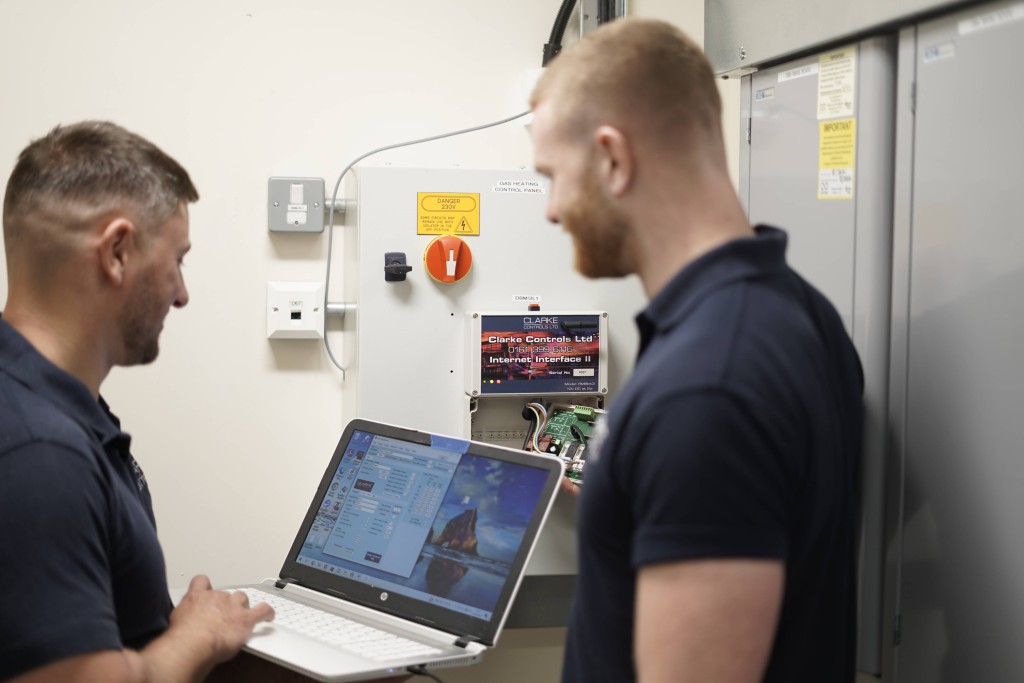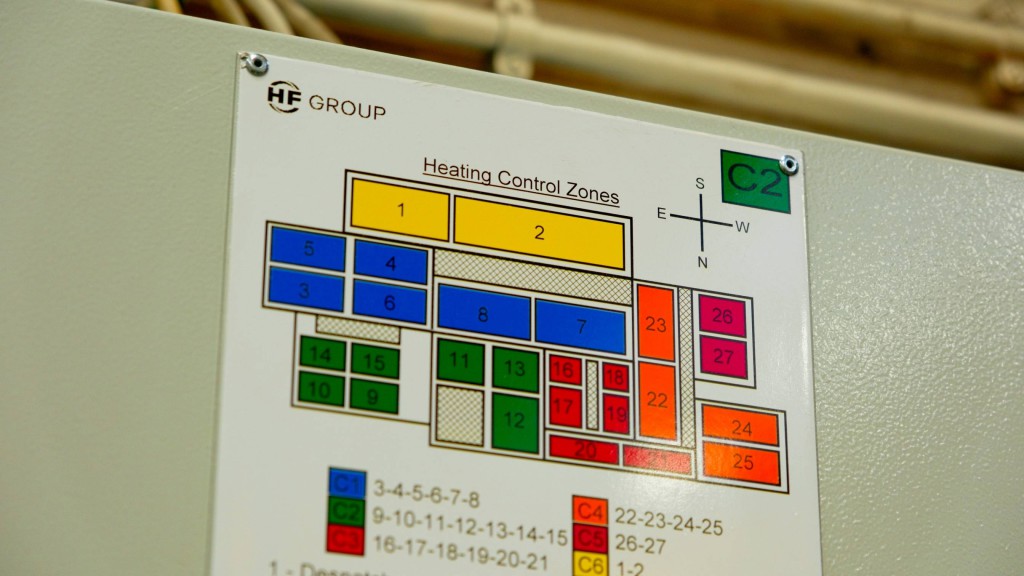Why energy management systems are the future

Clive Bodenham, founder of Clarke Controls, explains the benefits of an energy management system and why they’re an essential part of a smart building.
With the UK working towards Net Zero commitments, improving energy efficiency and switching to low carbon heating systems are increasingly becoming key workplace policies. Smart buildings have a key role to play in that drive, giving facility managers the data they need to maximise their building’s efficiency.
An energy management system (EMS) is one of the smart building technologies making it easier than ever to optimise heating, reduce carbon emissions and cut costs, helping turn buildings into more efficient and cost effective workplaces.
Intelligent energy management – a smarter approach
Heating a building takes a huge amount of energy – in fact, heating systems are among the largest energy consumers in commercial and industrial buildings. In facilities with extensive open areas like showrooms, heating can account for up to 75% of total energy use, making it an obvious area for energy savings. By optimising heating, businesses can significantly reduce their energy consumption.
Managing energy in commercial buildings is similar to how we save energy at home – adjusting thermostats, turning off lights and preventing heat loss. However, the challenge is much greater in large buildings and multi-use facilities. This is due to their complex design, extensive surface areas for heat loss, diverse occupant behaviours, often outdated systems and the need to manage energy consumption across multiple zones.
Thankfully, help is at hand, as advances in energy management technology are helping businesses automate and streamline energy use, ensuring heating and cooling systems operate only when needed and at maximum efficiency.
What is an EMS?
An EMS is an advanced solution designed to optimise a building’s energy and heating use. It gives facility managers precise control, creating a balance between comfort and cost efficiency. A well designed EMS maintains consistent temperatures, enhancing occupant comfort while reducing energy waste and lowering Scope 1 and 2 emissions.
Cloud based EMS solutions offer real-time monitoring and control across multiple sites from a single platform. These systems give building managers the data they need to improve efficiency and cut unnecessary energy use. The best EMSs can seamlessly integrate with existing heating infrastructure and automatically adjust temperatures, identify inefficiencies and provide valuable insights to support energy-saving strategies.
Key features of modern EMS
Today’s EMSs are equipped with advanced capabilities that optimise energy use and reduce costs. These systems provide precise temperature control, allowing customised settings to suit different areas within large or complex facilities.
By splitting the building up into specific controlled zones, smart building EMSs can ensure only necessary spaces are heated, minimising energy waste. Some EMS solutions offer additional automation, such as automatically closing roller doors left open for too long.

Unlike multifunctional systems that manage lighting, security and other building operations, an EMS is purpose-built to reduce heating and energy costs. This focused approach makes it a more effective and reliable solution for cutting expenses and lowering environmental impact. EMS platforms are also highly scalable, adapting to a building’s evolving needs.
Advantages of implementing an EMS
Using an EMS offers significant benefits. One of the most immediate advantages is cost reduction – a crucial factor especially with today’s fluctuating energy prices. At Clarke Controls, we have consistently helped clients save up to 25% on heating and energy costs year-on-year after implementation.
Beyond financial benefits, an EMS plays a key role in sustainability efforts by lowering a building’s carbon footprint. This helps businesses meet environmental targets and comply with increasing regulatory requirements, including Streamlined Energy and Carbon Reporting (SECR) regulations. For those targeting Net Zero, an EMS offers a clear pathway to reducing greenhouse gas emissions.
Consistent and comfortable temperatures also improve workplace satisfaction and productivity – essential in offices, manufacturing facilities and other environments where comfort impacts performance. Plus, the best EMS systems will offer remote, tamper-proof controls, removing the ongoing AC/heating disputes you’ll often find in shared spaces!
By streamlining heating and energy management, an EMS enhances overall efficiency. Many modern platforms include predictive analytics, identifying potential issues before they escalate to prevent costly disruptions.
Modern heating solutions
Upgrading to low carbon heating solutions is another key step in reducing a building’s environmental impact. Technologies such as heat pumps, biomass boilers and hybrid heating systems can offer more efficient alternatives to traditional gas heating. Choosing the right system depends on factors like building size, occupancy patterns and local climate conditions. Integrating these systems with an EMS further enhances efficiency, ensuring heat is delivered precisely where and when it is needed.
A path towards Net Zero
For businesses committed to sustainability, investing in smart heating solutions is a step towards long-term energy efficiency and environmental responsibility. By combining advanced technology, practical solutions and a focus on behaviour change, organisations can achieve significant cost savings while reducing their carbon footprint. With the right strategy, commercial buildings can transition to a more sustainable future, meeting both regulatory requirements and corporate sustainability goals.







